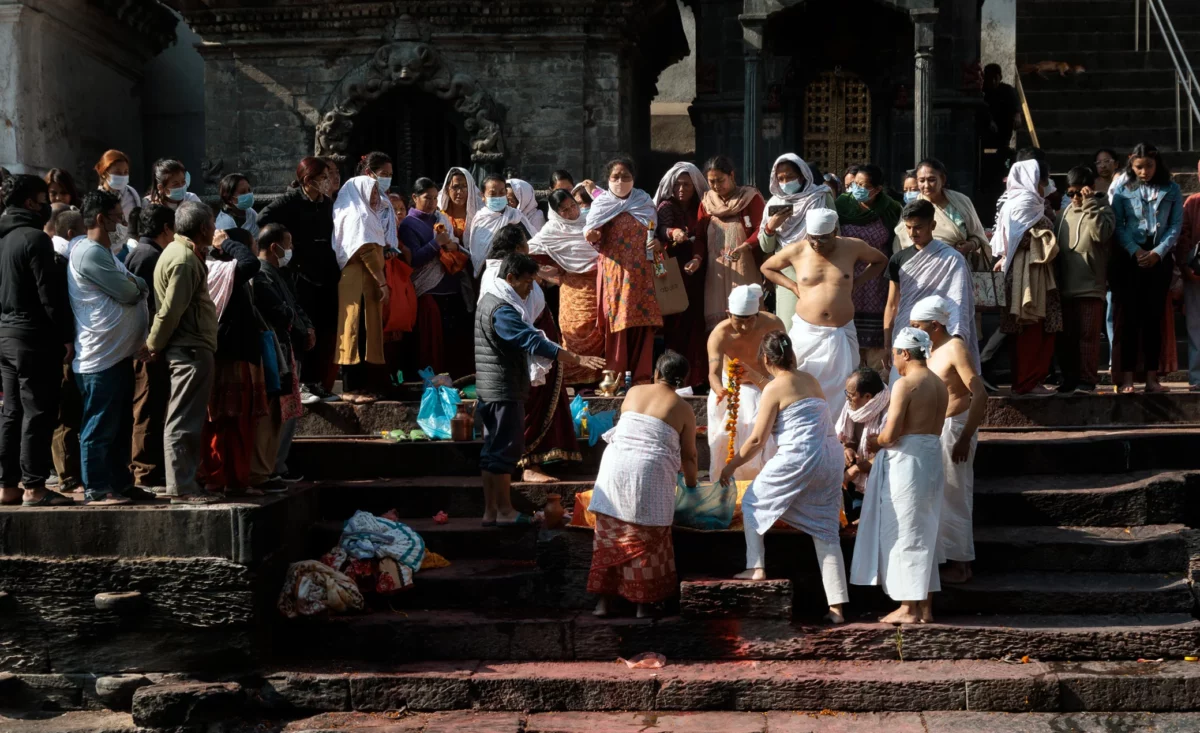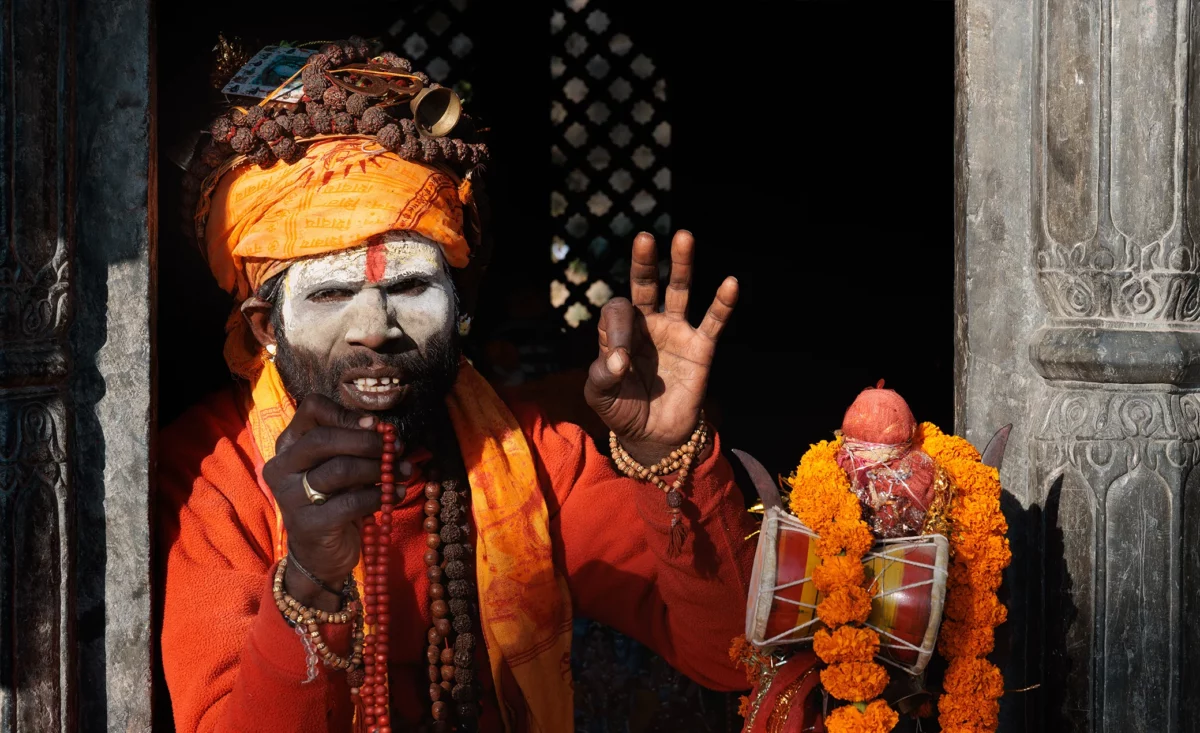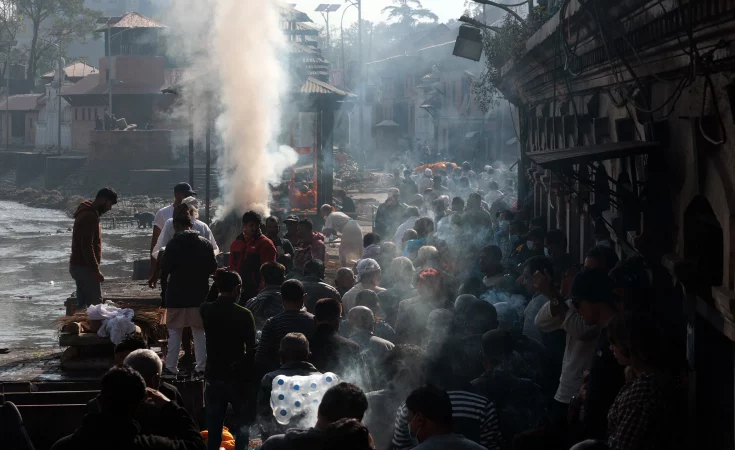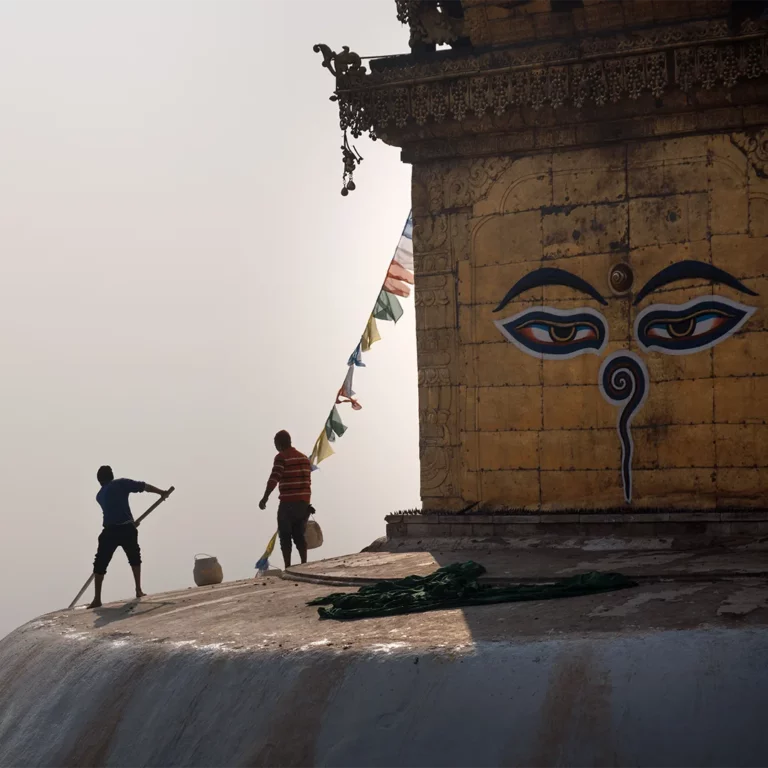Visit Pashupatinath temple if you are in need of a perspective-altering experience!
Like everything, what begins needs to end. This 13th Tales from the Tribe tells the end of my stories in Nepal. But it also marks the end of almost 11 months in East-Asia, in a way it seems normal that we end up with the subject of Death! Death is also 13 arcana of tarot, it represents transformation, beginning and end of cycles! So let’s embrace this fitting coincidence and lets talk about death!
⚠️ Trigger warning: Before we start, note that we want to share the experiences the way we lived it. Some photos contain nudity, dead bodies, burning bodies and death related rituals. If you are sensitive to those subjects we invite you to skip to another Tales from the Tribe!
It took less than 24 hours for someone to talk to me about this temple with an almost unpronounceable name, where Hindus burn the bodies of their dead. It took me 24 more days to visit it… Of all the places that I’ve crossed, this is the place that left the strongest impact!
The Lord of All animals
Pashupatinath is a temple dedicated to one of the avatars of Shiva, Pashupatin. The main temple is a place of worship reserved to locals and Hindus only. The Bagmati river that flows next to the temple is connected to the Ganges river, making it the perfect place for the cremation rituals.
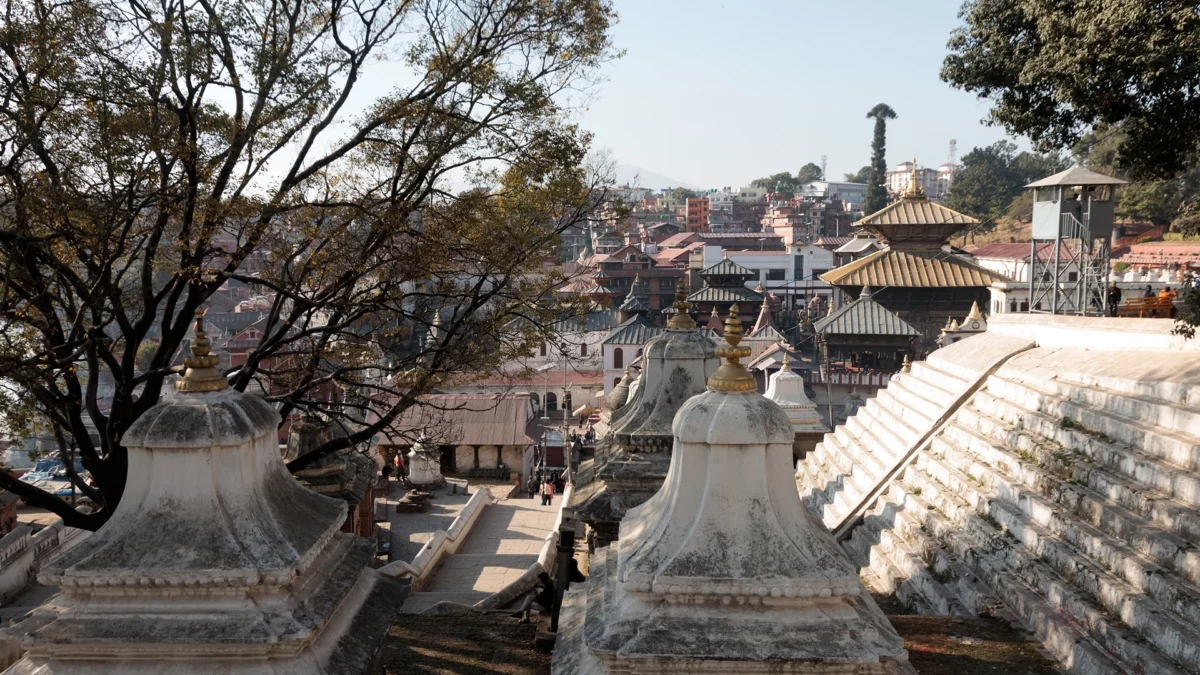
I went there early in the afternoon, alone, not knowing what to expect, and the place entirely enraptured me. Sat on the other side of the river, looking at a family who was washing and taking care of the body of one of their relatives. I followed them to the burning ground and watched one of the sons start the fire in the mouth of her mom, opening her chakra, balancing the elements. The simplicity and the proximity of the ritual mesmerised me! When the body was entirely consumed, I watched them broom the entire pile of ashes into the river like the body never existed!
A Nepali woman who works at the Yog hostel in Kathmandu told me “I often go to Pashupatinath, usually when I’m angry or sad, it allows me to realise that there is no point in staying angry, that everything has an end !” I saluted her emotional intelligence.
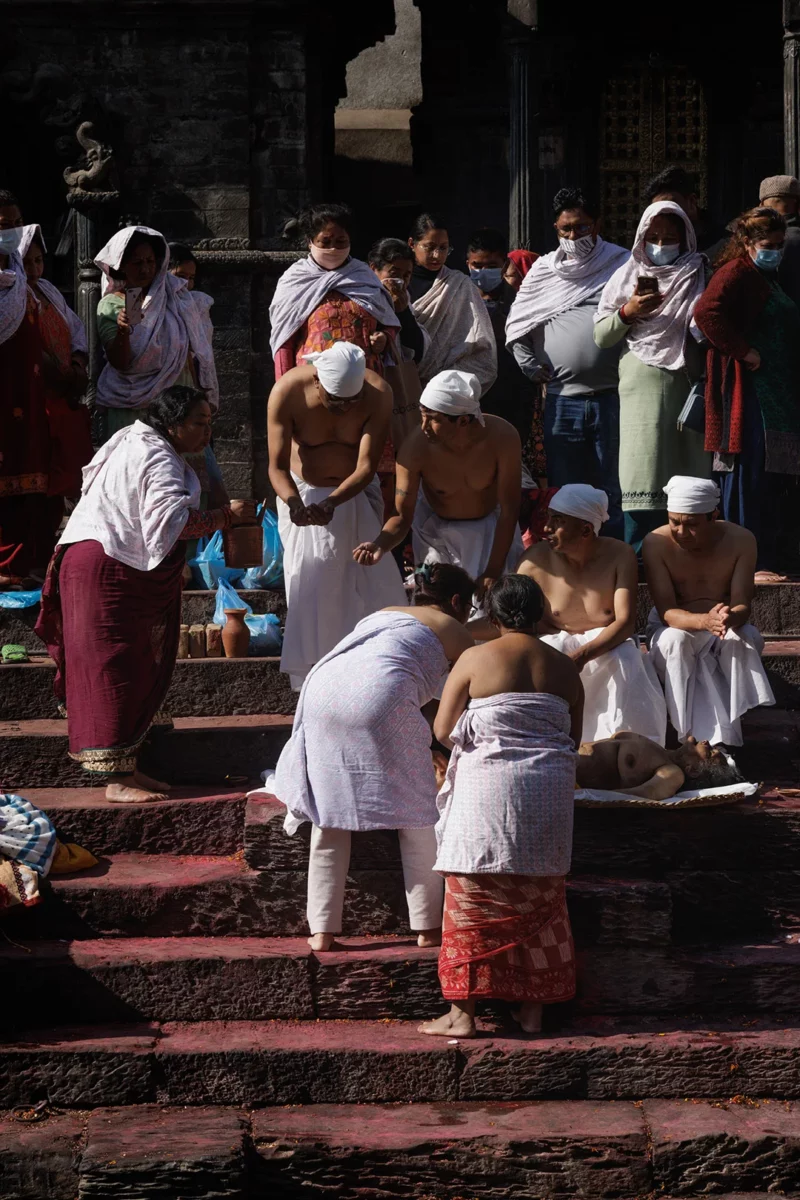
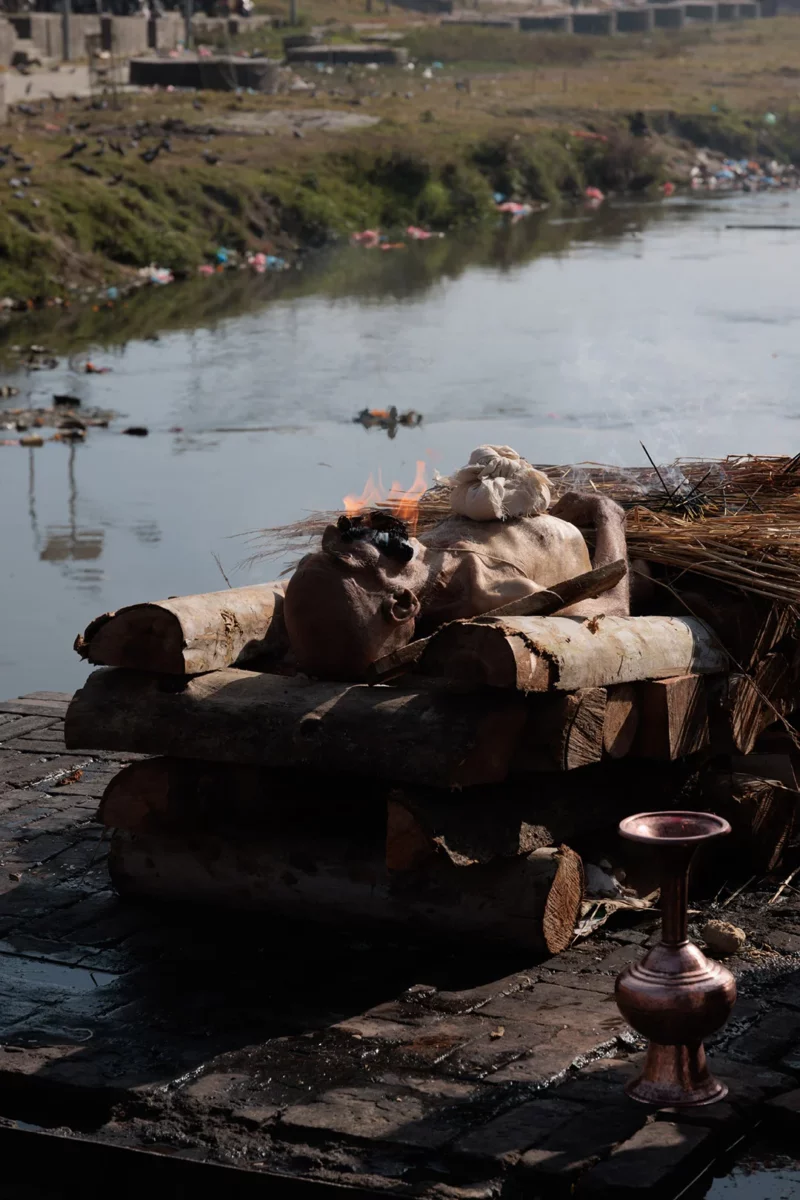
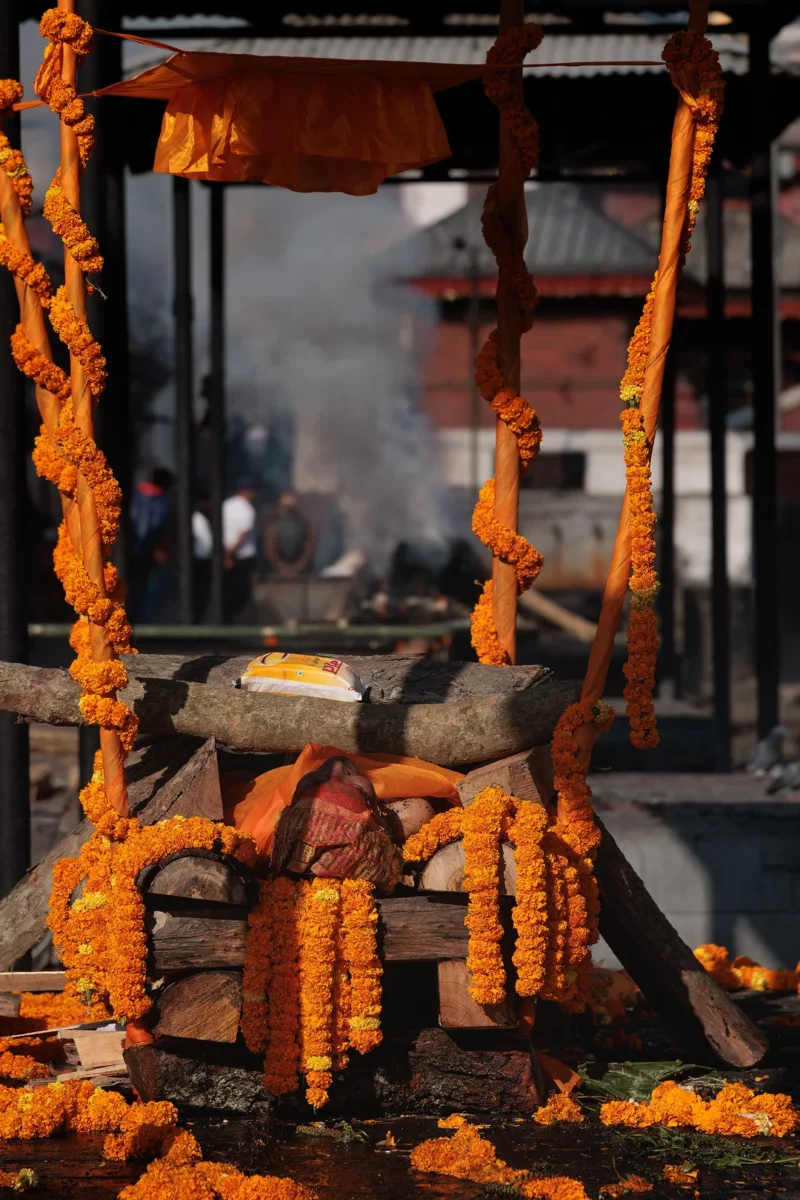
It is obviously not an experience for everyone but if we summon the courage (or curiosity), it is a humbling experience that can mostly open ourselves toward compassion. Compassion toward others, but moreover, compassion toward our own body, being fully conscious that one day or another they will go back to the Lord of All animals.
Read more about Pashupatinath



With the flow
As I promised myself, I headed back to Gagal Bhadaure to meet Ama and stay with her for a couple of days. (if you missed the previous stories of Gagal you can find them here). In the morning, after our yoga class in the village, we heard some drums coming from one of the houses.
Before I could ask, Amrit said:
— “Someone died last night!”…
Then a couple of minutes later he added:
— “my mom is going there, I’ll ask if you can go with her!”.
Watch out for the leopard
Ama and I arrived at the family of the deceased’s place. Outside, 40 people were talking, eating, and drinking. Someone invited me to sit on the ground, and someone else offered me a plate with food and a bowl of raksi mixed with mountain dew. Before the ceremony, it’s important that everyone is fed.
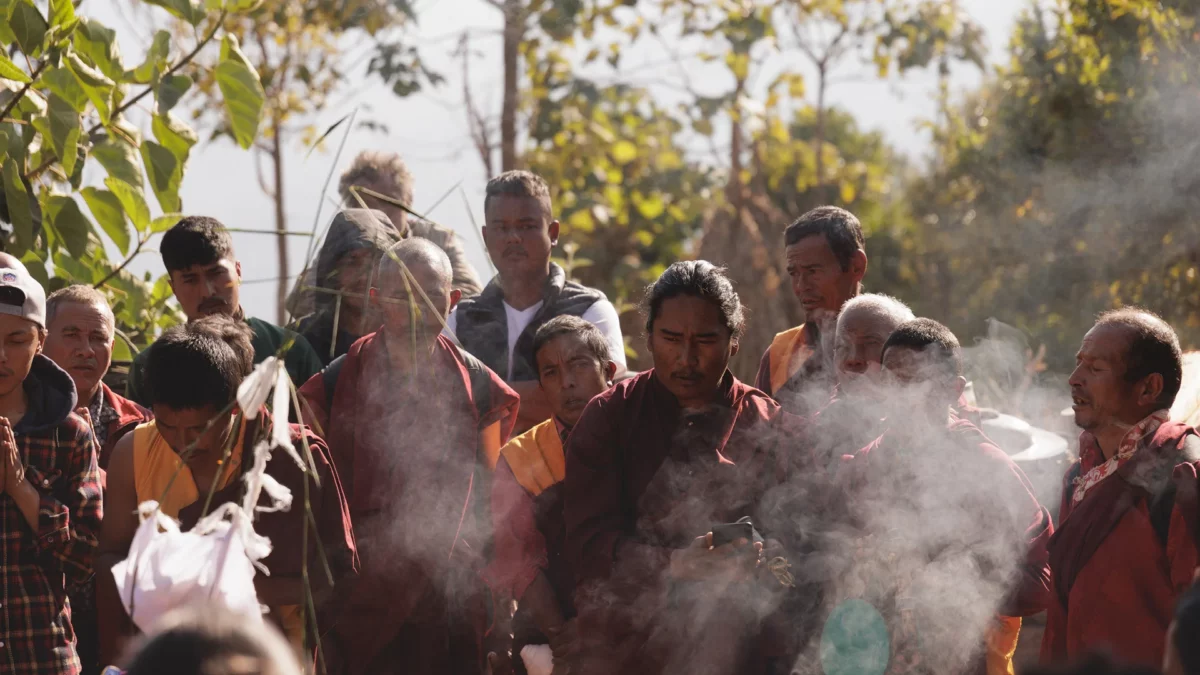
A couple of drinks later, one of the Lama arrived and drew a mandala on the floor. The other three carried a Pyramidal construction made of bamboo and fabric. With an approximative English someone explains to me “The corpse is inside, it is sitting in a meditative position”. The four Lamas prayed, played music and danced around the body. Incense was lit and after a while, we all took her for a last walk!
Men carried the body uphill, the women in front of the procession carried a white banner. For 3 hours we walked under the scorching sun, till we arrived in the forest. Some of the men who left earlier already started to build a 3 metres cube pile of wood that the entire procession helped to finish.
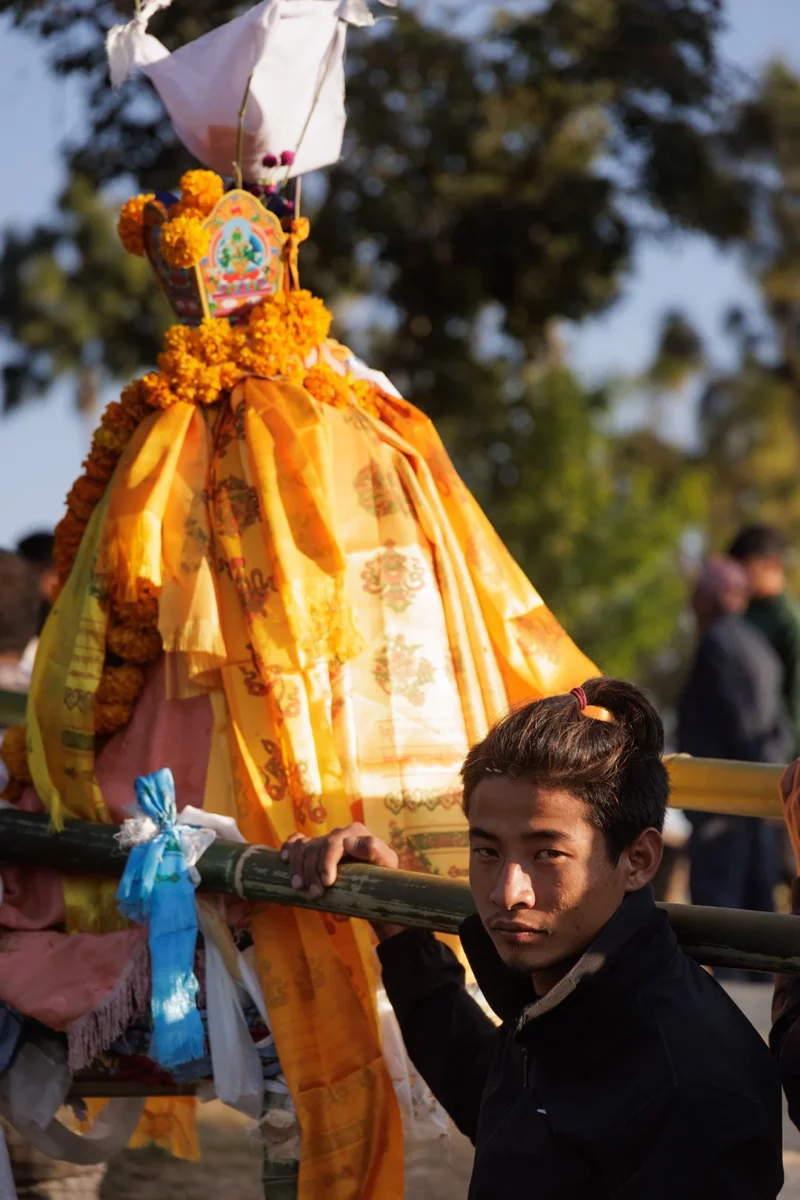
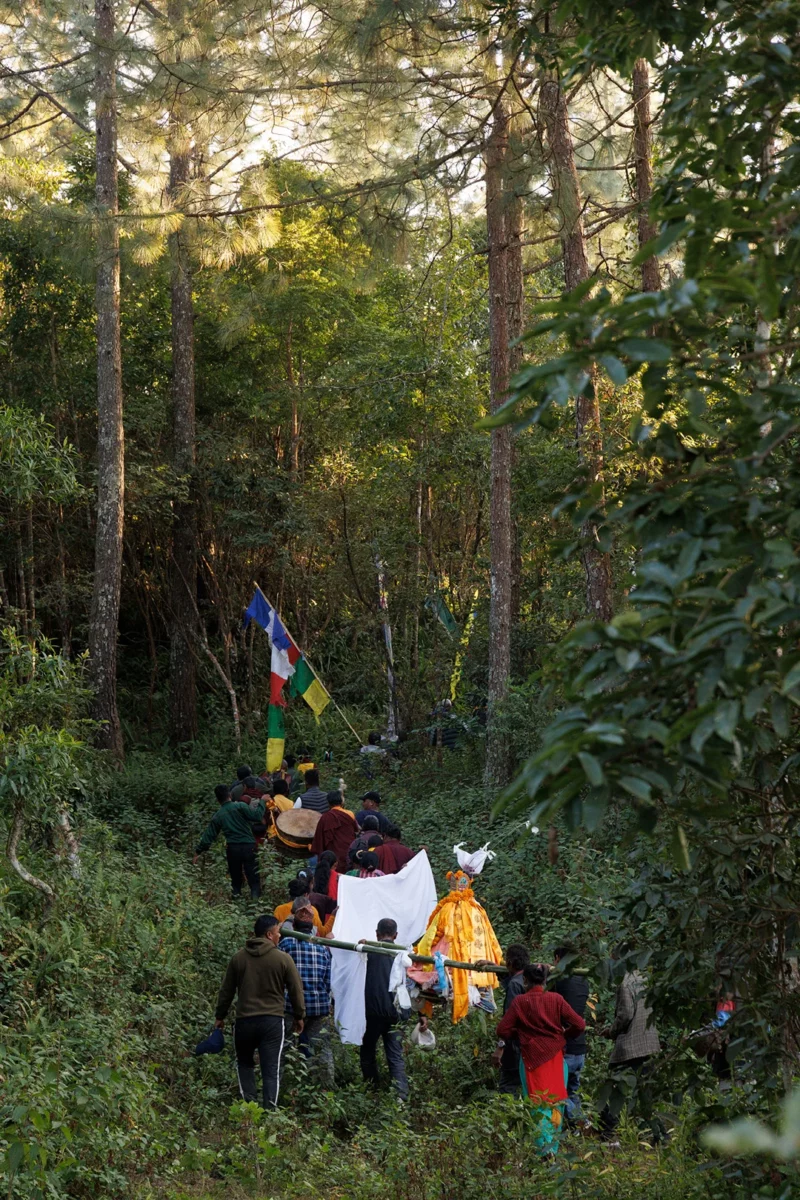
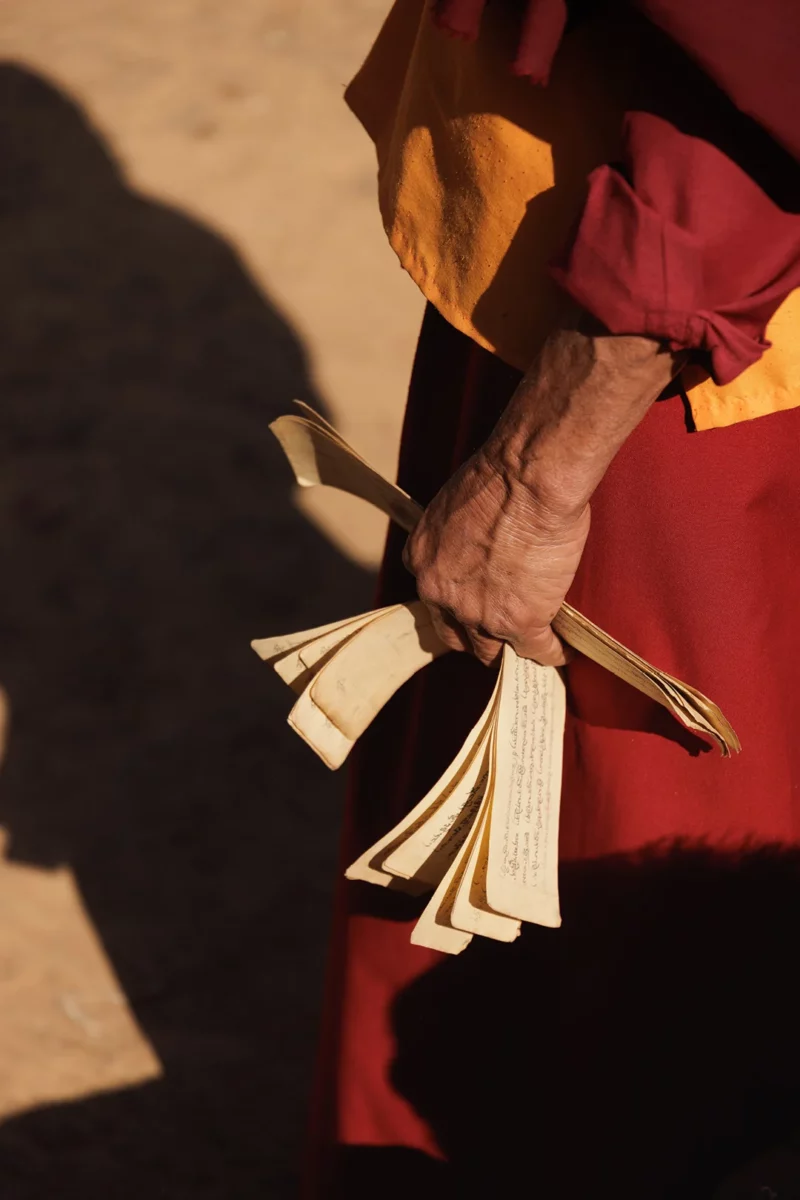
As the night fell, the body was moved to the top of the wooden cube and covered by pine branches before being lit. As the body burned some of the young men came to me and said “Jyl, we have to go… now! We need to walk in a group… There might be leopards!”. An hour later, a tad drunk, we arrived in the village, with all our limbs still attached and no leopard in sight.
We’re just walking each other home
Death is viewed differently in Asia than in Europe. The chance to take part in a Hindu and a Buddhist ceremony, has been an amazing and weird way to trace once more the connection between the two religions.
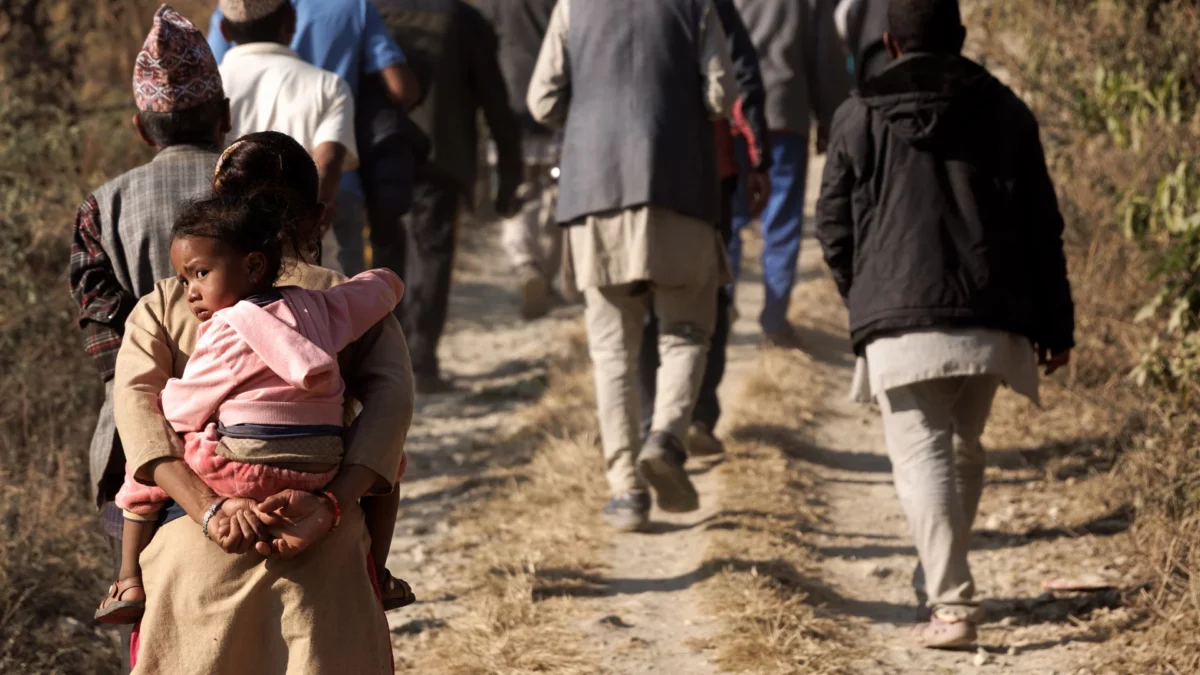
Here, it is only the beginning! When an entire population is convinced that Karma and reincarnation are a thing, the aura that surrounds death suddenly takes a different colour. It’s a celebration, a way to smooth the way of the soul towards the next life. Those two experiences didn’t leave me unchanged, and I’m currently writing a more in depth account of my thoughts! Stay tuned 🙂
The visit of a friend, sharing knowledge
Before heading back to Europe, our friend Andreas came to visit me, and together we took some days to play tourist! I brought him to the place I’ve been, and we went back to Changunarayan to say hi to some friends. We also went to visit the monkey temple and Boudhanath Stupa, which, viewed from the sky, drew an amazing mandala.
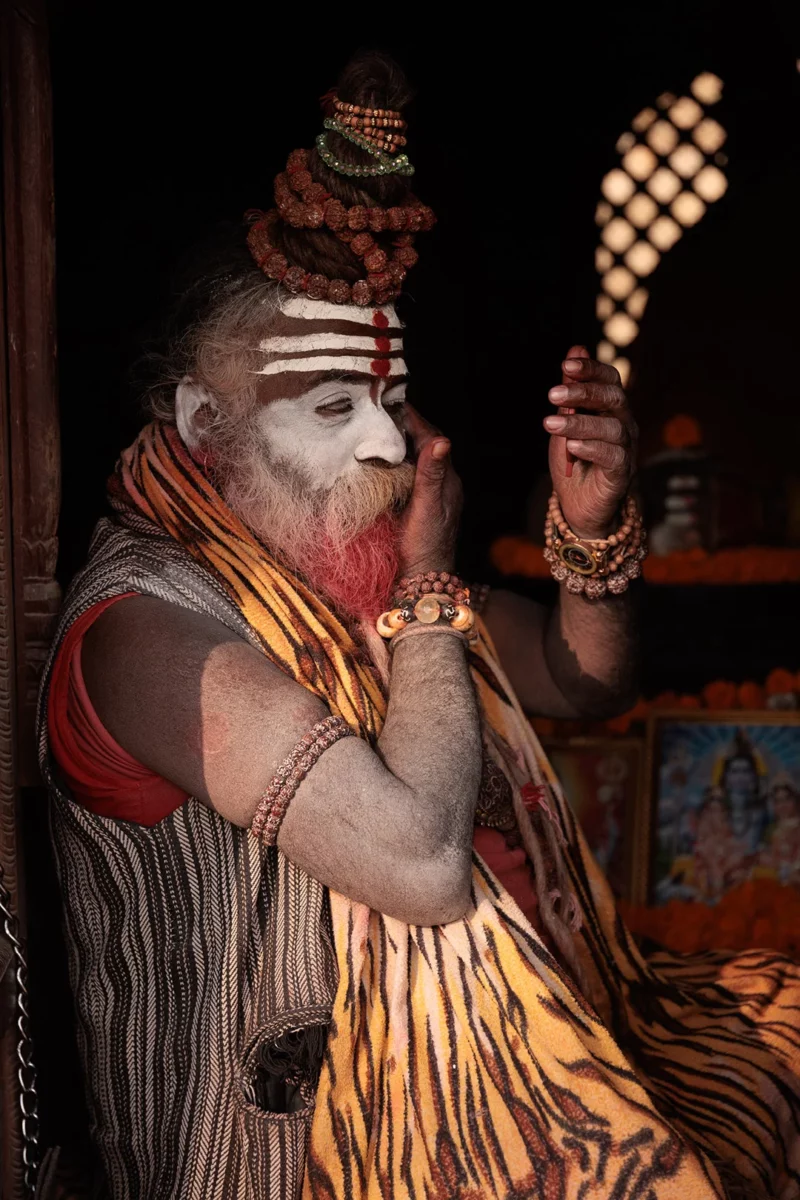
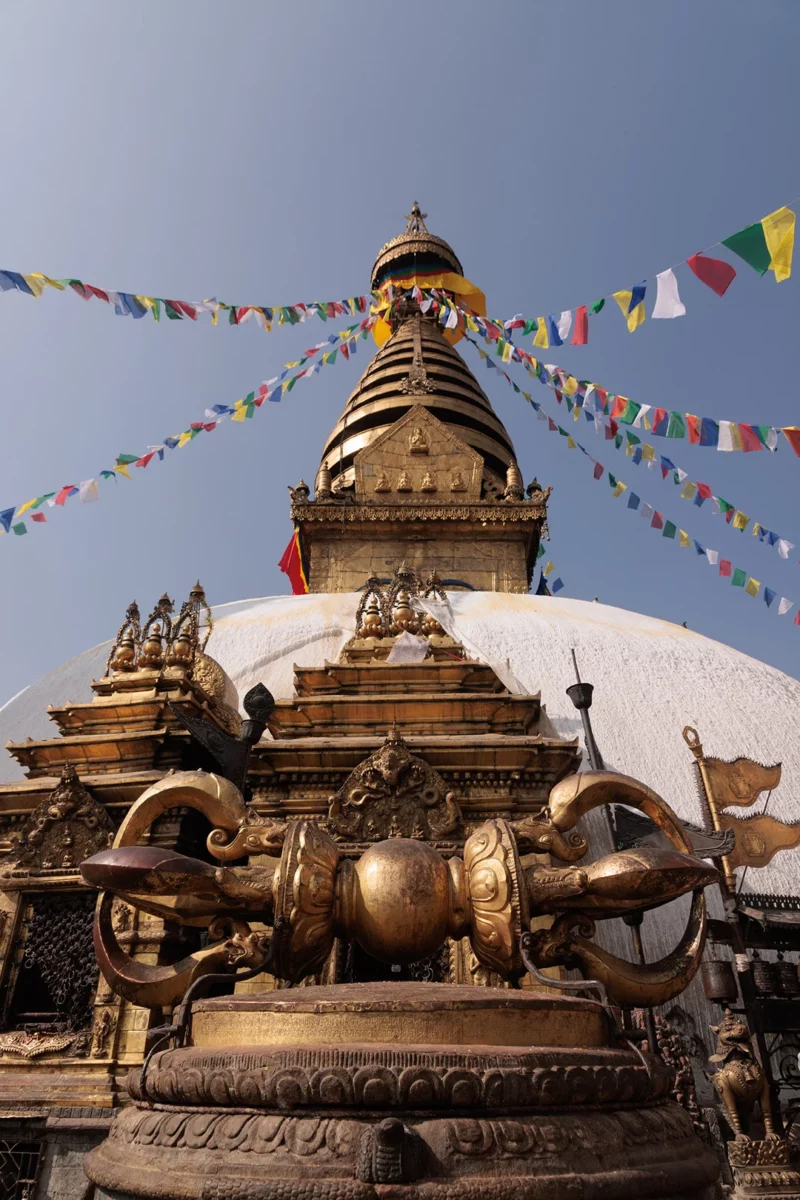
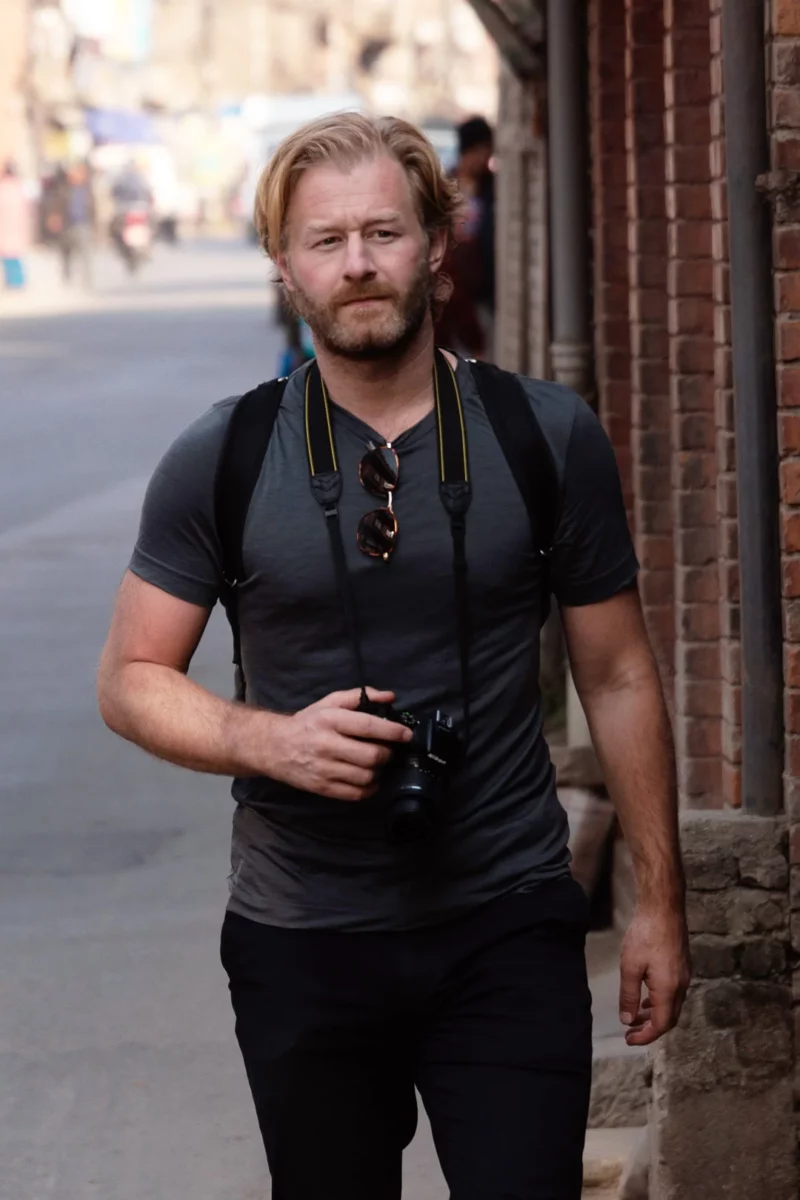
Nepalese stupas are easily recognisable as they are dressed with the eyes of the Buddha. They represents compassion looking upon all humans. These areas around the temple are vivid and alive, tourists and locals come to visit, pray and relax. The place is filled with symbols, and 108 newsletters would not be enough to explain them all!
Travelling alone was a real treat, and I’m glad Andreas came to see me, so I could share some of the things I learned in those almost two months!
The bad news is that nothing lasts forever…
…the good news is that nothing lasts forever. More than any other place, Nepal taught me to live in the moment, to live of simple things and real connections, that every person counts, meaning can be found everywhere. From the crowded local buses, the endless mantra, the complicated asanas, the careful steps on the slippery mountain, the thousands of strokes of brushes, the thousands of kids saying “namaste”.
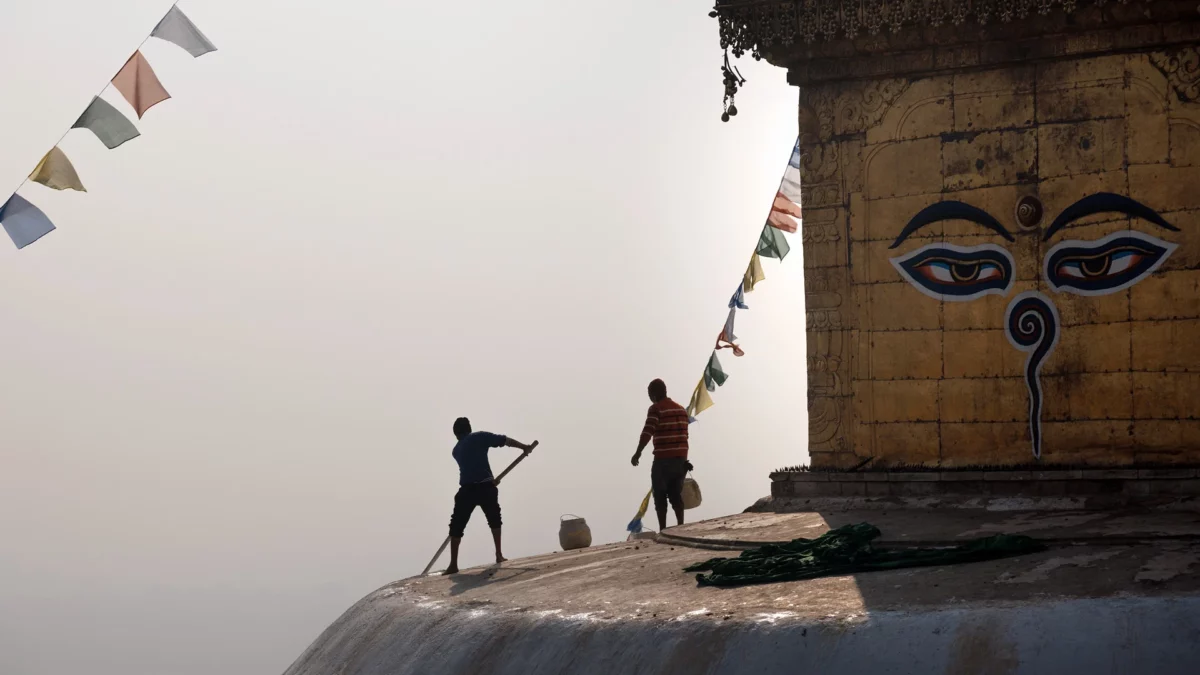
There is no turning back, once a moment is gone it’s gone, and it will always be more rewarding to focus on the present moment than reminiscing about the past or planning the future. So in a way, I am glad that my past is now, for the blink of an eye, part of your present!
Take it slow, hug a stranger, call someone you haven’t spoken to in a long time, gaze into a blooming flower, share this newsletter, take a nap with a cat… and wherever she is, tell your mom you love her!

